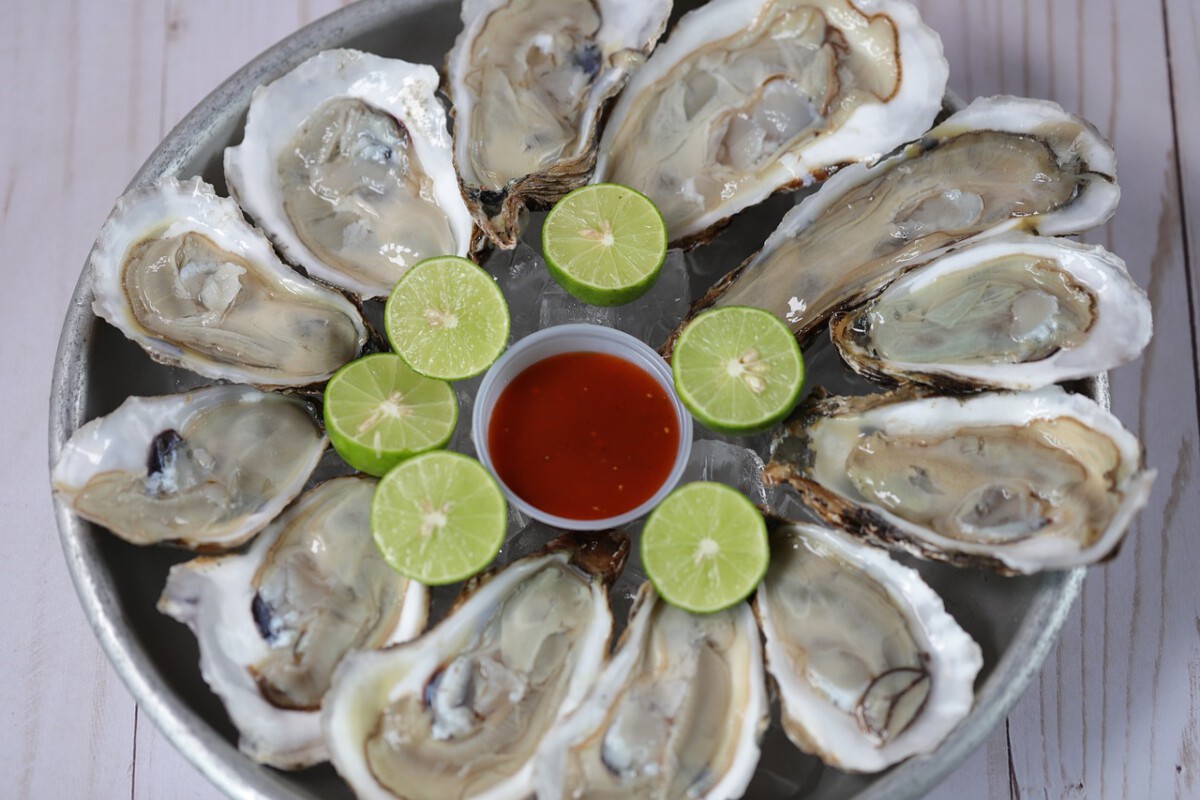Unexpected Spiciness: When Local Heat Overwhelms Tourists
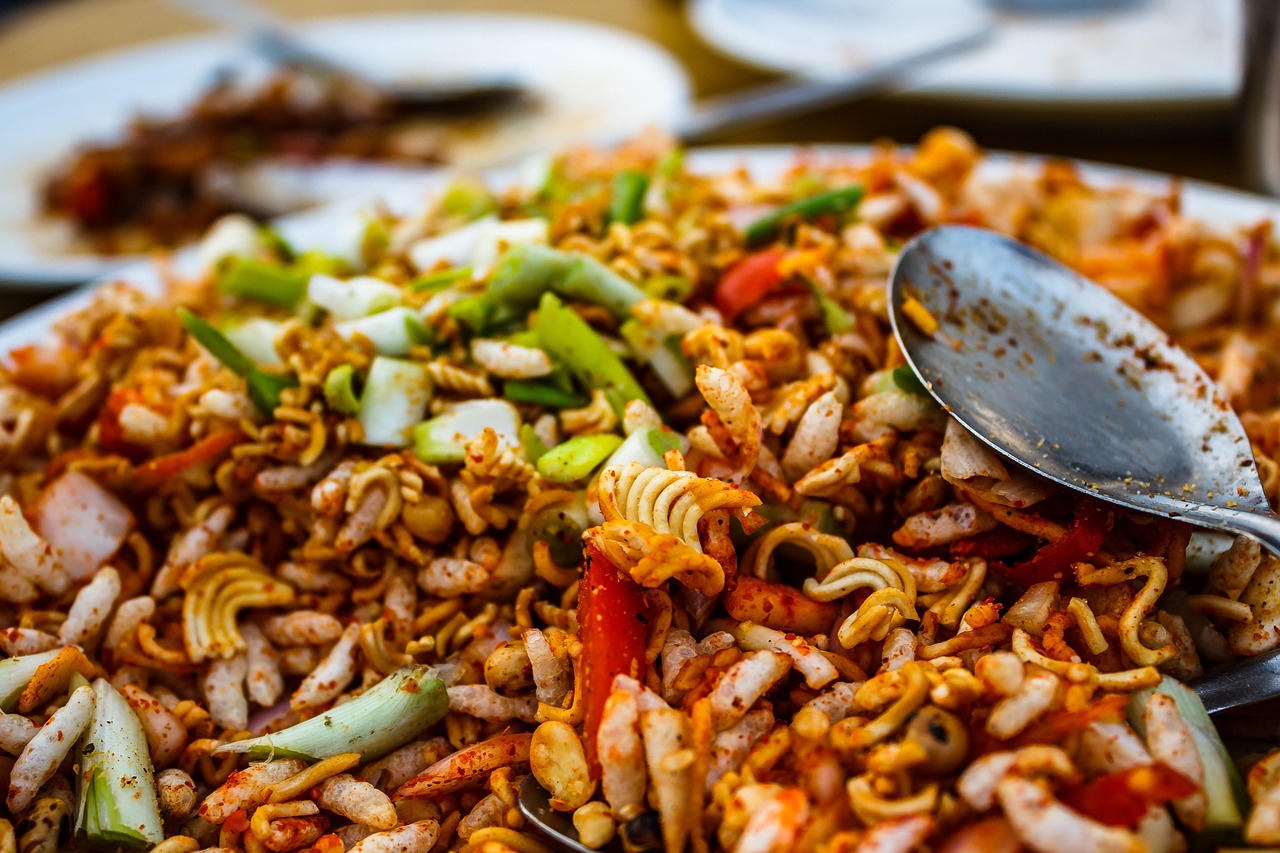
Many tourists set out eagerly to try the spicy offerings of foreign lands, only to find themselves in over their heads—or mouths, in this case. In places like Sichuan, China and Andhra Pradesh, India, the heat in dishes often surpasses what even the bravest travelers are ready for. The 2024 Global Culinary Institute survey revealed that 42% of tourists regretted eating extremely spicy dishes, reporting burning sensations, watery eyes, and even stomach pain. Some dishes reach over 100,000 Scoville Heat Units, a level that can trigger a fiery surprise for the uninitiated. Capsaicin, the compound responsible for the heat, can linger and intensify, making water nearly useless for relief. Many travelers have found themselves desperately seeking relief in local shops or pharmacies. This overwhelming experience can dampen the excitement of culinary exploration, with some vowing never to try spicy food again. Starting with milder options or asking locals for spice levels can help avoid a regretful food shock.
Unfamiliar Ingredients Leading to Allergic Reactions

Sampling new cuisines often brings tourists face-to-face with ingredients they’ve never encountered before. The World Allergy Organization documented in 2023 that food allergies among travelers were on the rise, with 28% of cases triggered by hidden allergens in local dishes. Southeast Asian cuisine, for example, frequently uses shrimp paste or peanuts in sauces, sometimes without clear mention on menus. For tourists with allergies, this can turn a meal into a medical emergency. Many travelers have had to rush to local hospitals or clinics after unexpected reactions, even when just trying a small bite. Carrying antihistamines or an epinephrine injector is a smart move, but nothing replaces asking about ingredients before ordering. Language barriers can make this tricky, but pointing to allergy cards or using translation apps can save the day. The risk of allergic reactions underscores the need for vigilance and preparation when diving into unfamiliar food cultures.
Food Hygiene and Safety Concerns
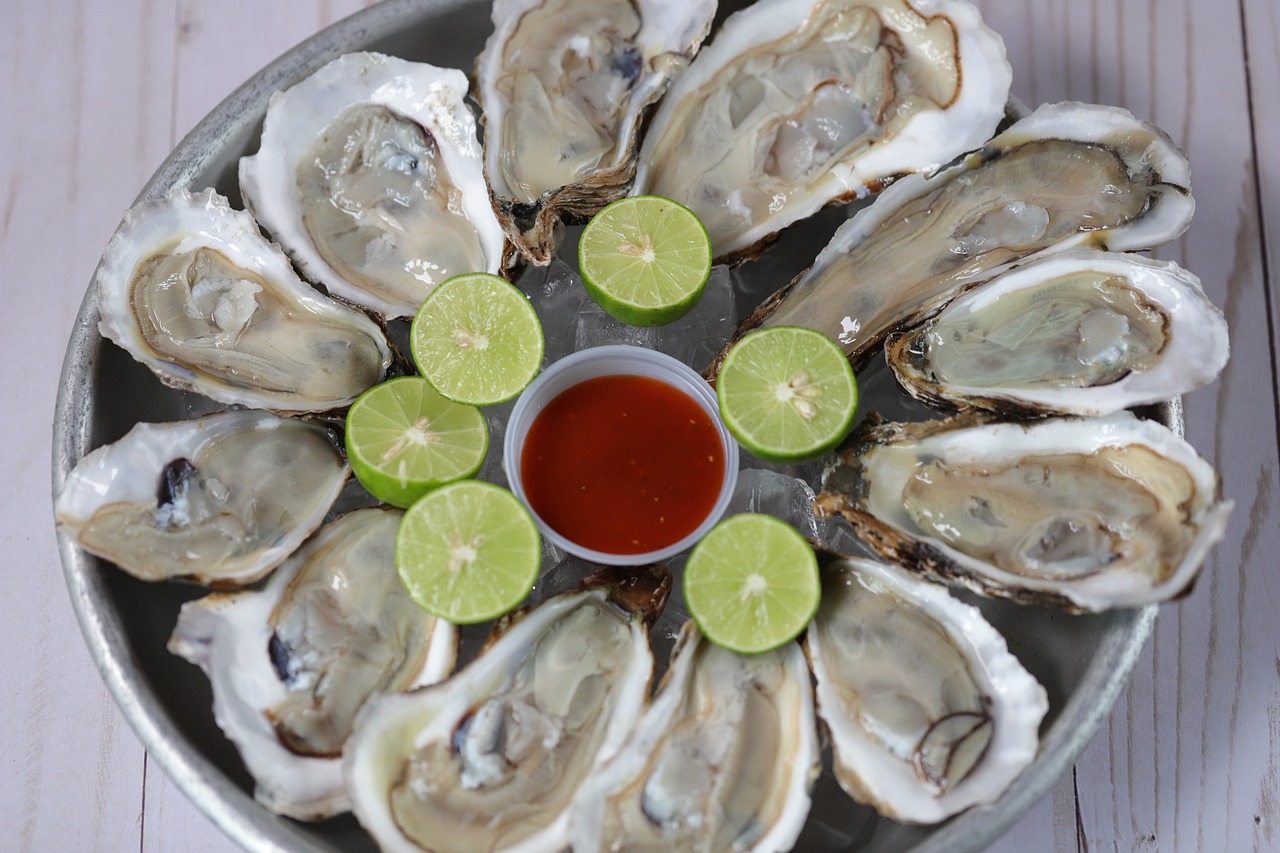
Foodborne illness is a real threat when eating abroad, especially when local food safety standards differ from home. The Centers for Disease Control and Prevention (CDC) reported in 2024 that 48 million Americans get sick from foodborne illnesses annually, and a significant chunk of these cases stem from travel. Street food stalls and bustling markets can be exciting but also risky, especially in regions where water sanitation or refrigeration is inconsistent. Raw or undercooked seafood, popular in many coastal destinations, can harbor bacteria or parasites that cause days of discomfort or worse. Many tourists have had their vacations derailed by a bout of traveler’s diarrhea, which can be both embarrassing and exhausting. Reputable restaurants usually maintain better hygiene, but even there, caution is wise—look for busy places with high turnover, which usually signals fresher food. Choosing cooked over raw dishes and washing hands before eating are simple ways to lower the risk.
Texture and Appearance: The Visual Shock Factor
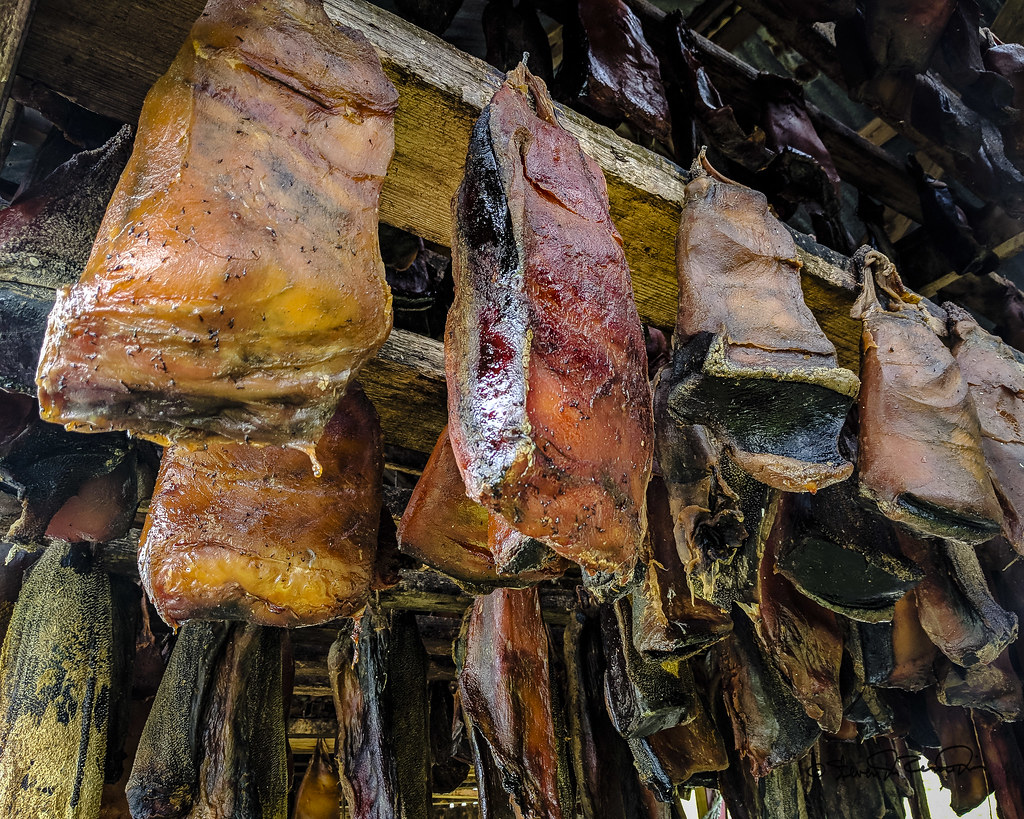
Sometimes, the look or feel of a dish can be more shocking than its taste. Fermented shark in Iceland and balut in the Philippines are notorious for their challenging textures and appearances. A 2023 study by the International Food Culture Association found that 35% of tourists regretted eating dishes with unfamiliar textures, often citing strong feelings of disgust or gagging. The slippery, chewy, or gelatinous mouthfeel of certain foods can be worlds apart from what many are used to. Even adventurous eaters can find themselves struggling to swallow or suppressing a grimace as they try to be polite. These strong reactions can take away from the cultural significance of the dish and leave lasting negative memories. For some, the visual shock—seeing an entire animal or unfamiliar organ on the plate—can be enough to turn their stomachs. Being open-minded helps, but knowing your limits is just as important.
Overly Rich or Fatty Foods Causing Digestive Issues

Many traditional cuisines pride themselves on rich, hearty dishes loaded with fat, oil, or butter. French food, with its creamy sauces, and Middle Eastern cuisine, known for generous use of lamb fat, can be delicious but heavy on the stomach. The European Gastroenterology Society’s 2024 report found a 22% rise in tourists experiencing digestive troubles after indulging in local fare. Many travelers, especially those used to lighter diets, find themselves grappling with indigestion, heartburn, or feeling uncomfortably full. The sudden switch from a balanced diet to rich, fatty meals can shock the digestive system, making sightseeing less enjoyable. Some tourists even end up skipping meals or relying on bland foods for the rest of their trip. Easing into new cuisines slowly and drinking plenty of water can help, but moderation is key to avoiding this common food regret.
Cultural Misunderstandings Around Food Etiquette

Dining abroad isn’t just about what’s on the plate—it’s also about how you eat it. Simple mistakes, like using the wrong hand to eat in India or refusing a dish offered as a sign of hospitality, can cause embarrassment. In Japan, slurping noodles is encouraged, while elsewhere it’s considered rude. The Travel Behavior Institute’s 2023 survey reported that 18% of tourists felt awkward or embarrassed due to unfamiliar dining customs, which sometimes led to regret about the entire meal. These misunderstandings can make tourists feel out of place or even unintentionally offend their hosts. Observing locals or researching basic etiquette before dining out can save a lot of discomfort. Many travelers share stories of being stared at or corrected at the table, turning what should be a highlight into an uncomfortable memory. Learning a few key customs can turn food adventures into positive experiences.
The Challenge of Authenticity vs. Tourist-Friendly Versions

One big dilemma for travelers is whether to try the real deal or stick to dishes made for foreigners. Authentic local food often has bold flavors and unfamiliar ingredients that can overwhelm some tourists. According to the 2024 Culinary Tourism Board report, 60% of tourists were disappointed after trying watered-down versions of local dishes, feeling they missed out on the true taste. On the other hand, 25% regretted trying the genuine article because it was too intense or simply not to their liking. This tug-of-war can leave travelers feeling unsatisfied either way. Some end up chasing the idea of authenticity without enjoying the experience, while others stick to safer options and miss out on a culture’s true flavors. A balanced approach—sampling both authentic and milder versions—can help tourists discover what suits them best without missing out completely.
Environmental and Ethical Concerns Impacting Food Choices

More travelers are now thinking about the impact their meals have on the world around them. Traditional dishes that use endangered species or unsustainable ingredients can leave tourists feeling guilty after the fact. The 2025 Global Sustainability Report showed that 15% of tourists regretted trying certain local foods once they learned about their environmental footprint. Eating shark fin soup or dishes made from overfished species, for example, can contribute to ecological harm. This awareness has led some tourists to swear off certain foods entirely, sometimes after the regret has already set in. Researching which dishes are sustainable and supporting restaurants with ethical sourcing can help travelers make better choices. Many destination guides now include tips on responsible eating, but the responsibility still lies with the individual to ask questions and stay informed.
Language Barriers Leading to Misordered Dishes
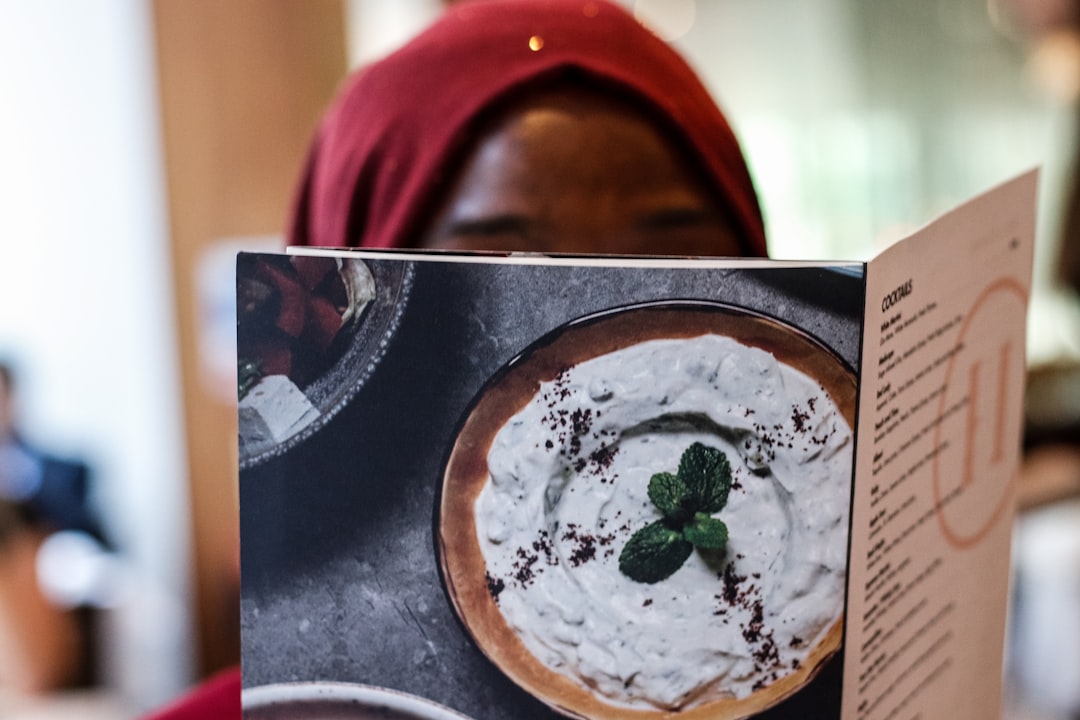
Ordering food in a foreign language is a classic travel challenge that can quickly go awry. The International Travel Communication Association’s 2023 study found that 33% of tourists were dissatisfied with meals due to miscommunication. Even with translation apps, menus can be vague or confusing, leading to unexpected surprises at the table. Some tourists have accidentally ordered dishes with unwanted ingredients, like offal or extremely spicy sauces, simply because they didn’t understand the description. Trying to play it safe by pointing at pictures doesn’t always work, as photos can be misleading. Locals are often happy to help, but sometimes even gestures and facial expressions are misunderstood. Being patient, using translation cards, or asking hotel staff for recommendations can help avoid these food mishaps.
The Psychological Impact of Food Shock on Travel Experience

A single regretful meal can cast a shadow over an entire trip, affecting how tourists remember their destination. The Journal of Travel Behavior’s 2024 study reported that 27% of travelers said food-related regrets influenced their overall satisfaction with their trip. Negative experiences, like getting sick or feeling embarrassed, can make people hesitant to try new foods for the rest of their journey. On the flip side, overcoming a tough culinary challenge can become a badge of honor, something to laugh about later or share with friends. The emotional ups and downs of food shock are real, with disappointment or discomfort sometimes outweighing curiosity. Preparing mentally for surprises and accepting that not every meal will be a hit can help travelers bounce back from food regrets. In the end, these stories often become the most memorable parts of the trip, for better or worse.

